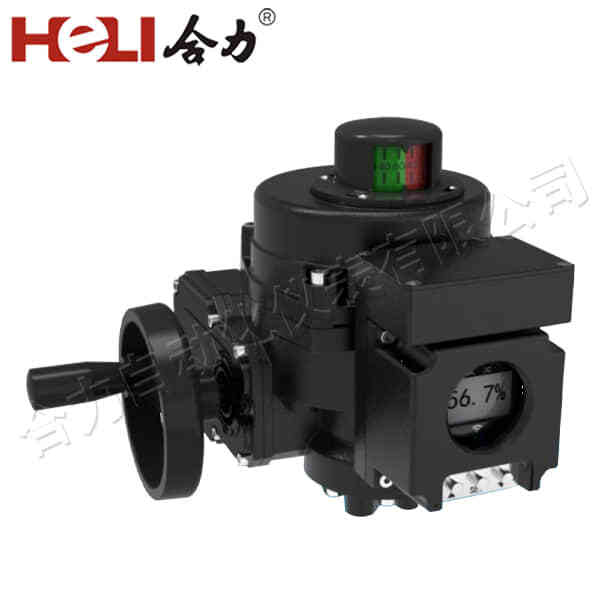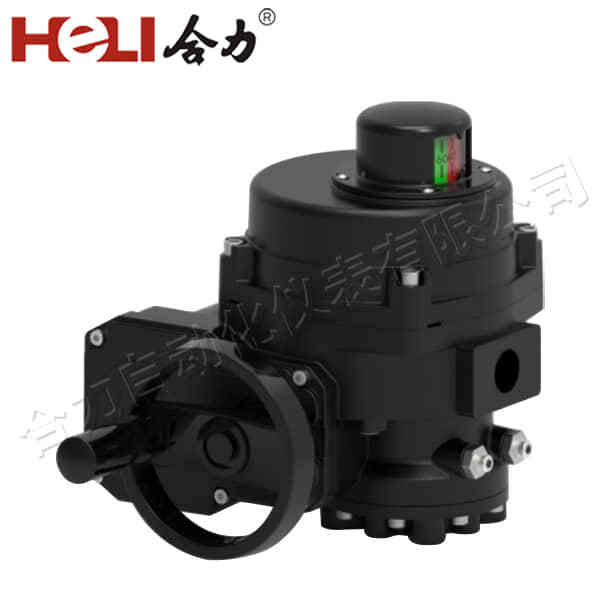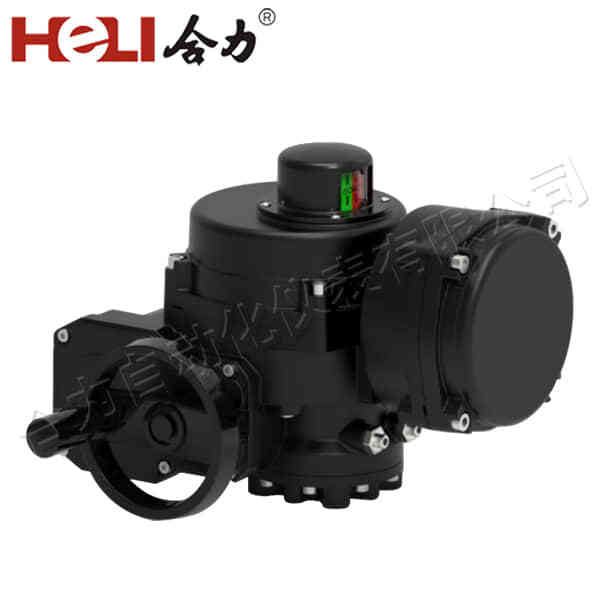Electric actuator valves are integral components in modern automation systems, offering precise and efficient control of fluid flow in various industrial applications. These devices combine the mechanical movement of a valve with the power of an electric actuator, providing automated control that enhances operational efficiency, safety, and reliability. In this article, we will explore the working principle, key components, applications, advantages, and factors to consider when selecting electric actuator valves.

Working Principle of Electric Actuator Valves

Electric actuator valves operate by using an electric actuator to control the position of the valve. The actuator is powered by an electric motor that converts electrical energy into mechanical motion. This motion is then used to open, close, or modulate the valve’s position, depending on the type of valve and the control system in place. In many systems, electric actuator valves are classified into two primary categories: On/Off Valves: These valves are designed to either fully open or fully close based on the control signal. This is commonly used in applications where a simple flow/no-flow function is sufficient.
